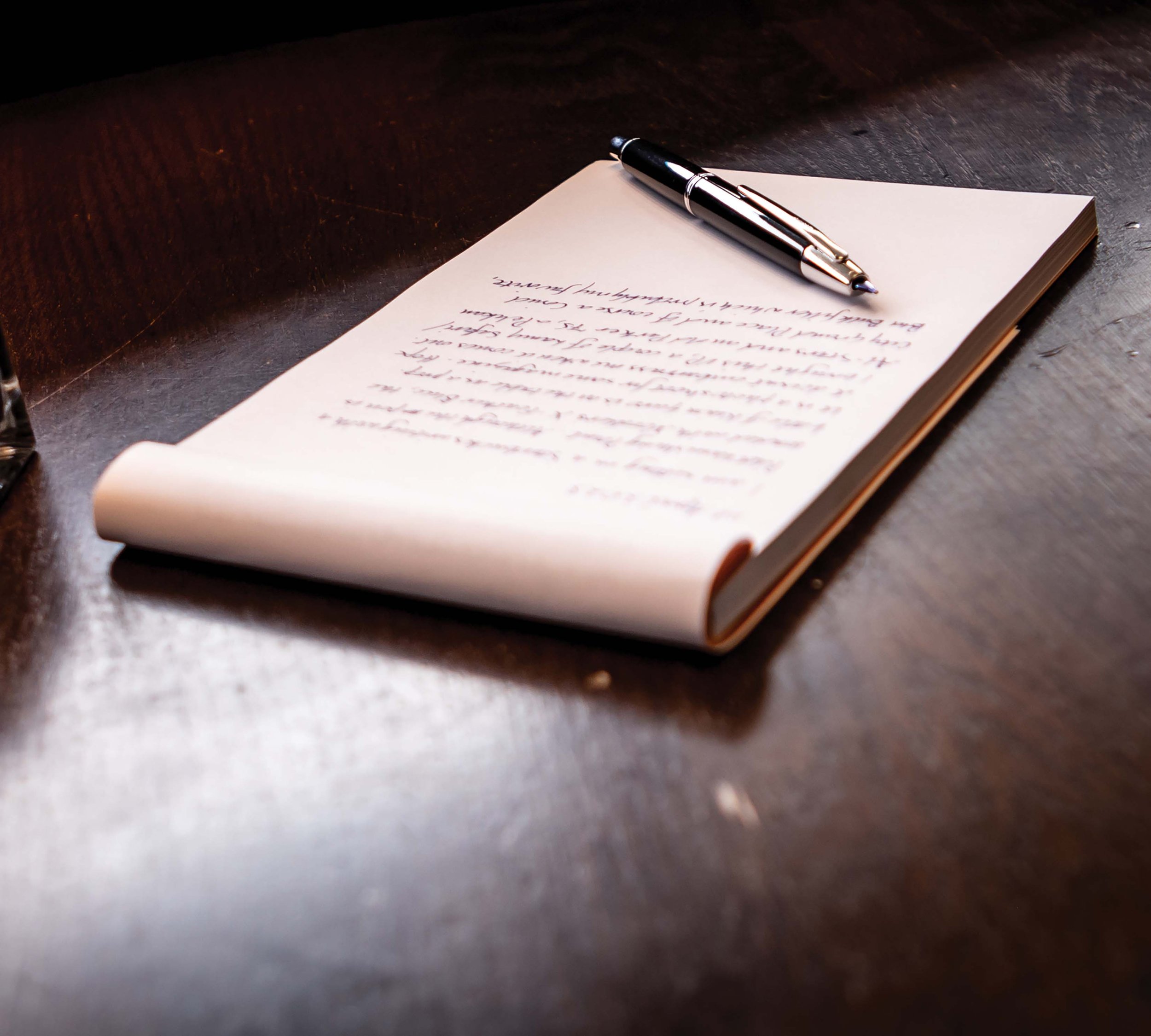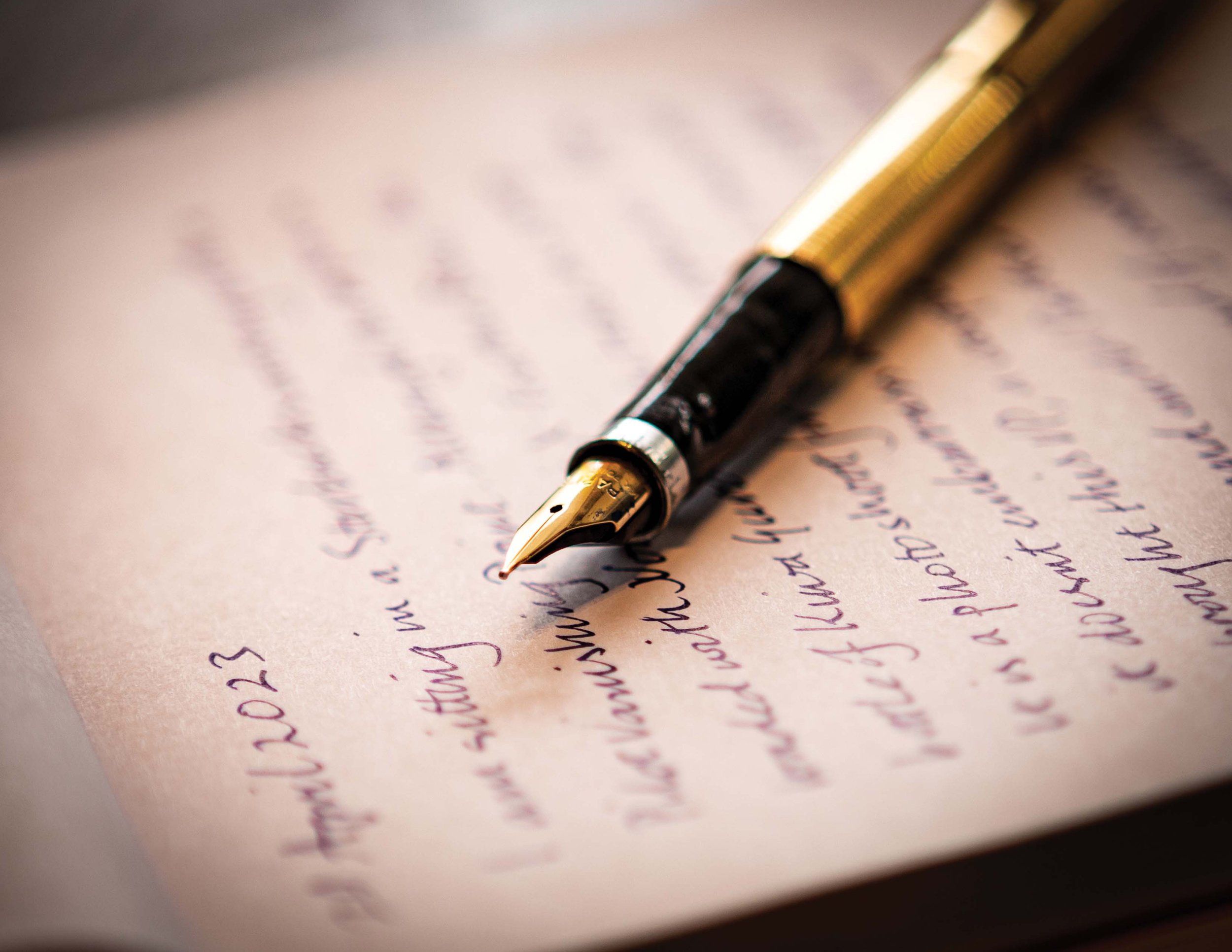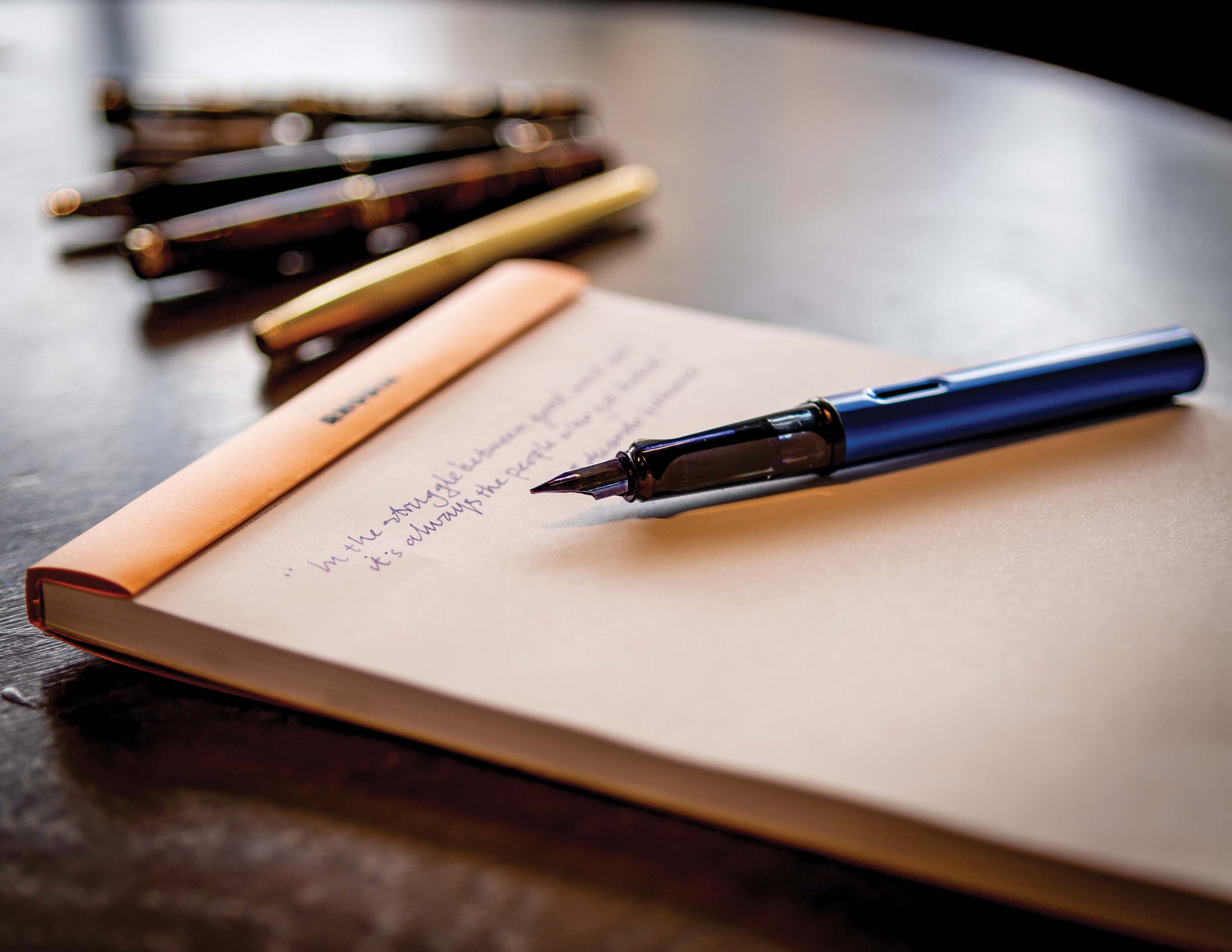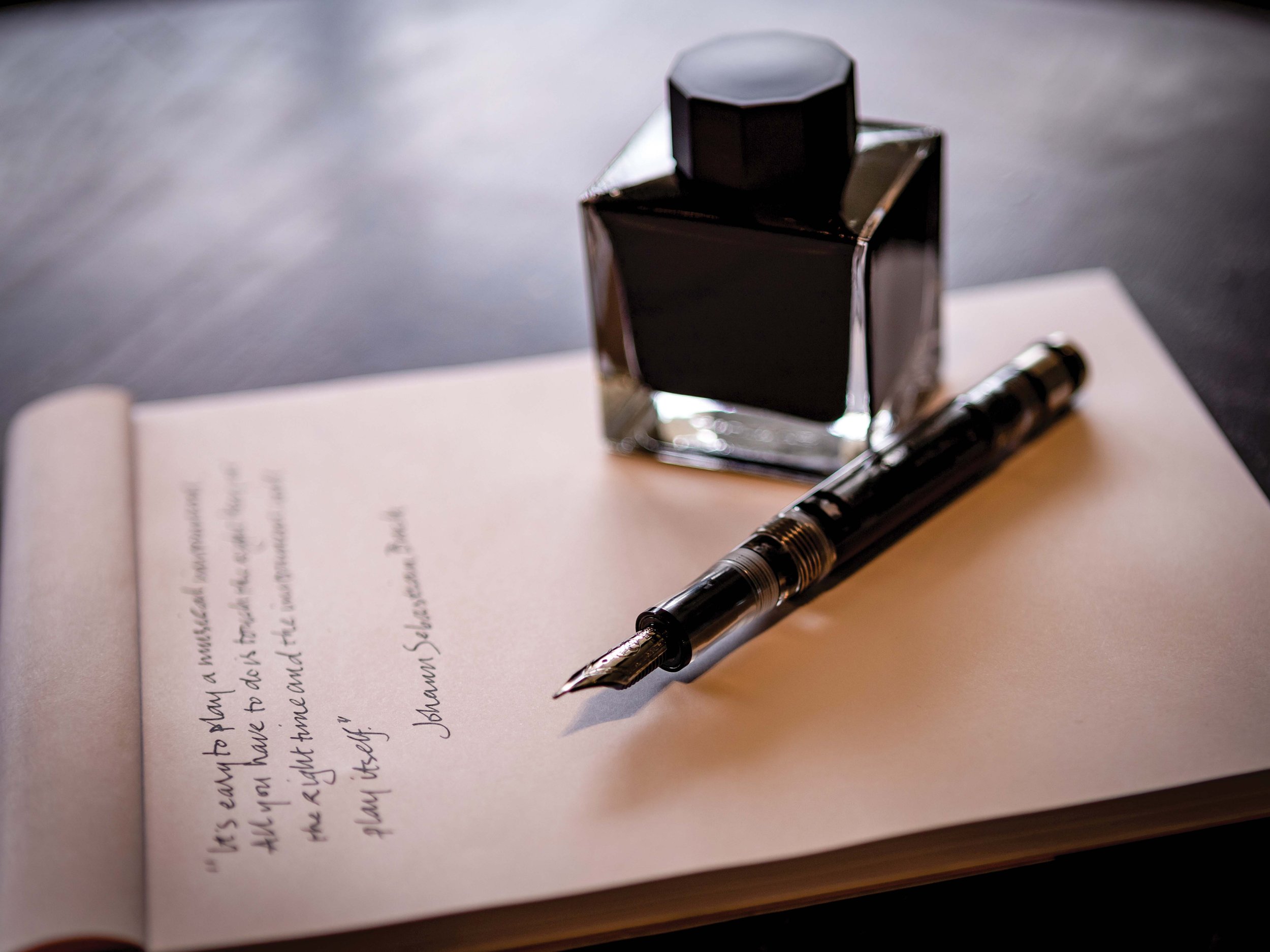The Pen is Mightier





On the first weekend of every August, around 2,000 people will gather in Washington D.C. to celebrate a shared love of fountain pens. The Washington D.C. Fountain Pen Supershow is the largest event of its kind in the world; approximately 170 vendors will set up across 250 tables, selling everything from nibs (the tip where the ink comes out) to pen caps to one-of-a-kind rarities. Here, collectors might catch a glance at some of the most expensive pens in the world, such as Montblanc’s
Boheme Royal pen, made with more than 1,430 colored diamonds atop an 18-karat white gold body and valued at $1.5 million. Or an Aurora Diamante, made of pure platinum, covered with 2,000 De Beers diamonds, produced only once a year, and sold for $1 million. (The most expensive pen? Try a Tibaldi Fulgor Nocturnus, covered in black diamonds and rubies, which last sold at auction in 2020 for a whopping $8 million.)
This is where the pen world assembles to talk about new industry trends, rare pieces they scored, and which items they’re looking for next. Well, they’re mostly all here. Hawai‘I enthusiasts, located more than 2,500 miles away from the nearest pen convention, aren’t able to always attend such events.
For a long time, our stylophiles instead gathered at the Honolulu Pen Shop, located in the same building as the former Alan Wong’s Restaurant near McCully. But when owner Earl Shigemoto passed away in 2007 and the pen shop eventually closed in 2017, that all changed. Luckily, local enthusiasts have another resource: the Honolulu Fountain Pen Club.
Once a quarter at Manoa Marketplace, 10 to 20 pen collectors meet and show off their latest pen finds, as well as discuss different types of inks, paper and anything related to the (increasingly rare) art of writing. “We pride ourselves on being non-snobby. We don’t collect stuff just because they’re expensive, although we have some expensive stuff in the collection,” says pen aficionado H. Doug Matsuoka.
One of the club’s founding members, Matsuoka began pen collecting when he decided to improve his “pretty awful” penmanship in 2005. He figured if he used a sophisticated fountain pen instead of the usual disposable ballpoint variety, it would encourage him to take the time to write his words out neater. His assumptions were correct; after splurging on a German-made LAMY safari pen, Matsuoka noticed his handwriting improved when writing letters or taking notes. However, there was an unintended consequence to buying a fountain pen: He wanted more of them.
Matsuoka also wanted to learn more. He discovered an online forum where he could connect with other collectors. Realizing some collectors were located in Hawai‘i, Matsuoka and a few others organized an in-person gathering more than a decade ago. They’ve been meeting ever since.
Each year, Matsuoka picks up a few fountain pens. Perhaps the most remarkable in his budding collection for a time was a limited-edition Montblanc pen that paid tribute to writer Franz Kafka, whose famous novella The Metamorphosis was honored with a unique pen body that changed (morphed, if you will) from a square to round shape and which has the engraving of a tiny cockroach on its 18-karat gold nib. “I acquire pens and sometimes sell them. Though I tell everyone that you shouldn’t collect pens as investments, they are really good at preserving capital.”
Originally from Hilo, Matsuoka grew up in Honolulu and studied IT in college. Though, when he was a student, what he was taught wasn’t the sophisticated machinery of today. In the 1980s, Matsuoka learned on microcomputers, which excelled at simple tasks, such as word processing. It was an analog form of technology (not unlike the high-tech sophistication of fountain pens). Perhaps it’s no wonder that the pinnacle of Matsuoka’s collection today is a one-of-a-kind Conid bulkfiller pen, made from titanium and transparent acrylic with a futuristic, industrial look, like something designed by Bauhaus.
“I had to get it. I thought, ‘This is so Doug!’” Matsuoka says. When it comes to pens, Matsuoka considers himself a “nib-meister.” Meaning he has a special affinity for pen nibs, preferring narrow italic tips that are bladed and very sharp. “There’s a learning curve and it takes skill to use them because it’s like writing with an ice skate,” says Matsuoka. Oftentimes, flex nibs are most popular; these are the ones whose tips are made from two points of metal that fork apart to create thinner and thicker lines depending on how much pressure is applied. (Think the cursive fonts used in wedding invitations.) Narrow blade nibs are trickier. With the wrong type of pressure, the pen tends to veer off in the direction of the blade. Being able to use this type of pen well means understanding—and appreciating—the intricacies of how the pen works. Which is what drives the passion for pen collectors all-around, regardless of different nibs, inks, caps or any other differences.
“You can buy a good fountain pen for 150 bucks or 15,000 bucks. Both will work fine, and maybe there’ll be a history behind the pen or a special process of how it was made,” Matsuoka says. “But you can also buy a pen just because it calls out to you. Personally, those will always be the ones that are most valuable.”

